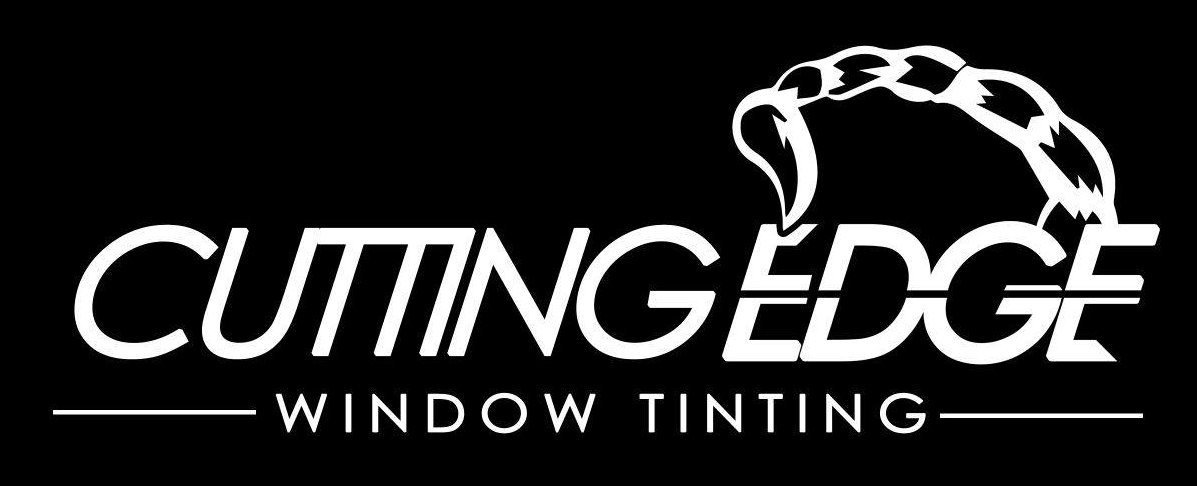What is the Legal Limit For Window Tint?
In California, the lawful window tinting limit is 70 percent luminescent transmittance. This is a great starting point because it allows tints to appear more natural, but it's not always the laws of other states. Some states have stricter regulations than others, while certain states do not permit window tints at all. If you reside in one of those states, continue reading for more information.
South Carolina
South Carolina's window tint laws prohibit the use of films with more than 20 percent. The legal limit for window tint is slightly higher for cars with greater tint than. South Carolina permits up to twenty percent tinting for MPVs back windows, in contrast to other states. This dark film can be applied to all windows but not the front. It is also not legal to apply tints that are brighter than the normal window, regardless of the recommendations of the manufacturer.
South Carolina's maximum window tint limit is 27 The maximum window tint limit in South Carolina is 27. The windshield may also be tinted in the side and the rear windows, as well as the upper three inches. The film is able to offer privacy, UV protection, glare reduction, and also privacy benefits. While the tint can be reflective, it will not block visible light from entering your vehicle. According to the Newberry Observer, Prosperity, SC law enforcement officers have been stopped by Prosperity residents due to windows with dark tints.
New York
New York's legal limit for window tints is contingent on the kind of vehicle used and how much light it can filter. Cars for passengers must comply with a 70 percent standard. Other vehicles, also known as multi-purpose vehicles, have to be able to meet more stringent requirements, such as a motive power that is less than ten horsepower as well as a bus or truck chassis, as well as special features that allow for occasional off-road operation. Additionally, these vehicles can't have more than 70% of the windows that is covered with film.
Most states allow tinting of windows, however New York is different. For specific guidelines, it is recommended to check the state's DMV site. Using the proper tint will also keep you from getting a ticket or being punished. If you decide to tint your windows, you'll also have less glare and more privacy. As long as you stay within the limits, though there's nothing to be concerned about. These laws do not apply to commercial properties, so it's worth checking with the local DMV to be sure you're staying within the rules.
Virginia
It is important to be aware of the Virginia legal limits for window tinting. As with other states, Virginia has its own guidelines and limitations. You will be able to stay clear of trouble if you are aware of the limitations. The Virginia Department of Motor Vehicles can be reached if you have any questions. Their online resources can assist you in determining what the limits are, and what you are allowed and not permitted to do.
Virginia window tint laws are extremely strict. You can be arrested for tinting windows in Virginia. This is a misdemeanor class 3. Window tints must be removed in addition to paying fines. Repeat offenders can be sentenced to jail. The penalties begin at $96. But, you can avoid paying these fines by presenting proof that you took away or repaired your vehicle.
Georgia
The laws governing window tinting differ between states. Georgia's tinting laws demand that the tint must be at least a certain level to block reflections from windows but not so high that it causes blindness to drivers in front. Georgian tint laws don't specify a level of tint that may be used on side mirrors. Many people ask what kind of tint is allowed in Georgia and what are the legal guidelines. Here are the facts.
Georgia law stipulates that tints for front and rear windows should not be less than 32 percent VLT. Rear windows can be tinted to 32% VLT but can't be made darker. In addition, you can't tint your windshield below the bottom six inches of glass, and you aren't able to tint the side windows below that level. So, you'll have to select a window tint that lets in more light than 32% VLT.
Missouri
There are different shades of darkness in the tint for the different windows of your car. Your front windshield should not have tinting. But, your rear and side windows could have tinting as high as 35%. The tinting of your back and side passenger windows should not exceed 20. This is because it is illegal to tint your windows in the front and rear with more than 35 percent of the total window's area.
Window tints can be utilized inside your vehicle to provide the privacy you desire and reduce heat. Missouri law sets a minimum level of reflection for side and front windows, which must not exceed 35 percent. That means even the smallest tinted windows will reduce the heat and glare better than windows that are fully protected. Prior to tinting your windows, it is crucial to research the local laws.
|
Phone +18474292479
|
|
| Address |
408 Brook St, Elgin, IL 60120
|
https://www.cuttingedgewindowtinting.co/how-long-does-window-tint-take-to-dry
https://www.cuttingedgewindowtinting.co/what-happens-if-i-roll-my-window-down-after-tint
https://www.cuttingedgewindowtinting.co/what-is-ceramic-tint
https://www.cuttingedgewindowtinting.co/what-percent-is-factory-window-tint
https://www.cuttingedgewindowtinting.co/what-is-window-tinting

